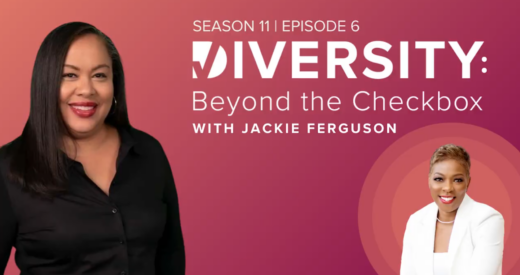LGBTQIAP+. Lesbian, gay, bisexual, transgender, queer – and that’s where many people get stuck. This “I”, standing for intersex, gets talked about much less frequently than some of the other letters in the “LGBTQ+ alphabet.” However, intersex individuals are more common than you might think.
While medical records don’t always indicate if a person is intersex, research has estimated that 1.7% of people in the world are intersex. This means that nearly 1 in 600 people are born with intersex traits. Some research has indicated that estimates should be closer to 4%, while other research puts estimates much lower, at 0.02%. However, when we use the most common definition of intersex, 1.7% seems to be the most reliable estimate, a number that is similar to the percentage of people with red hair.
Let’s back up. What does intersex mean?
As defined by InterACT, “intersex is an umbrella term for differences in sex traits or reproductive anatomy.” This can mean a number of things. It can mean clear external differences in genitalia, or it can mean subtle internal differences that an intersex person may not learn about until attempting pregnancy. Intersex people may have XX, XY, or XXY chromosomes. They may experience typical puberty, early puberty, or no puberty. They may have serious related medical conditions, or they may have no complications as a result of being intersex. The point is that great diversity exists within the intersex community.
Intersex people have historically mistreated and marginalized, even though intersex represents natural human variation and the traits are fairly common. Most notably, there is a long history of misguided doctors performing medically unnecessary surgeries and treatments that aim to “fix” or “cure” intersex individuals, often without sharing the full implications with parents. Most intersex surgeries are done with a parent’s consent before the intersex individual is 2 years old. These surgeries often cause “serious lifelong emotional and physical consequences, high complication rates, and reduced sexual function” according to InterACT. In fact, the United Nations and other human rights advocacy groups consider surgery on intersex individuals without the individual’s consent a human rights violation.
To bring awareness to this issue among others, Intersex Awareness Day was spearheaded in 2004 by Emi Koyoma of The Portland Intersex Initiative and Betsy Driver of Bodies Like Ours. They chose October 26 to mark the anniversary of a 1996 Intersex Society of North America (ISNA) protest in Boston where the American Academy of Pediatrics was holding its annual meeting.
What started as a grassroots movement has grown into an internationally recognized event, including media coverage of activists, panel discussions, festivals, demonstrations, and film screenings. Some advocates even recognize the entire month of October as Intersex Awareness Month, ending on November 8, which is Intersex Day of Solidarity or Intersex Day of Rememberance.
There is still a long way to go in garnering the awareness needed to end the stigmatization of intersex individuals. To learn more about how you can be an ally to intersex people this October 26, we recommend this list of 26 actions suggested by InterACT.
Kaela Sosa, CDE, is Curriculum and Programming Manager at The Diversity Movement as well as one of its founding members. With a degree in Psychology and Gender Studies, Kaela has fought for the visibility and acknowledgement of issues pertaining to underrepresented groups for nearly a decade. Connect with her on Linkedin.






